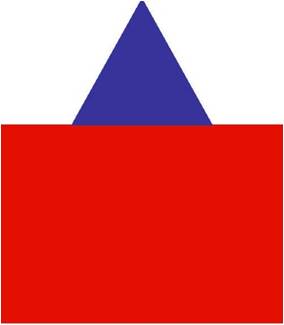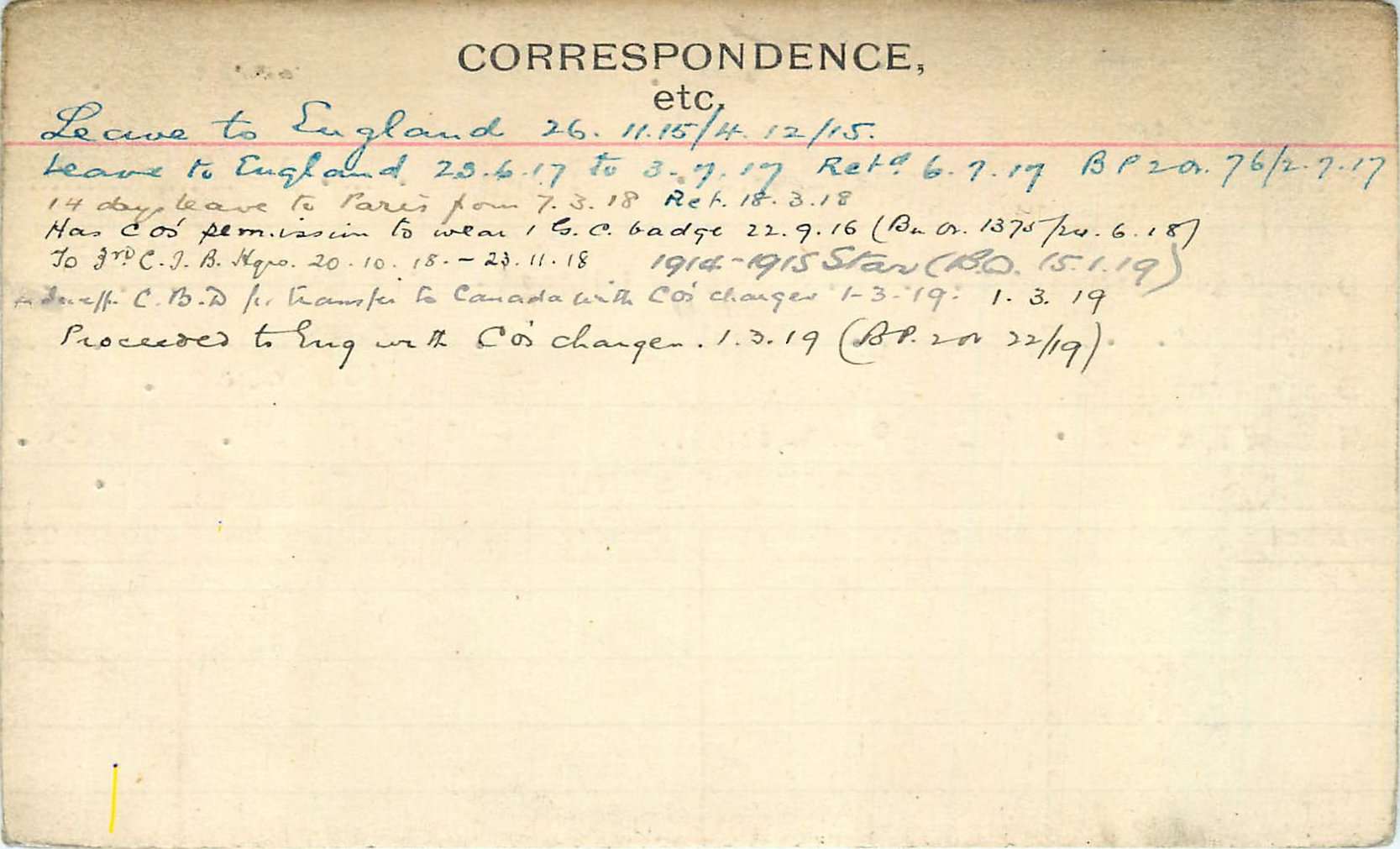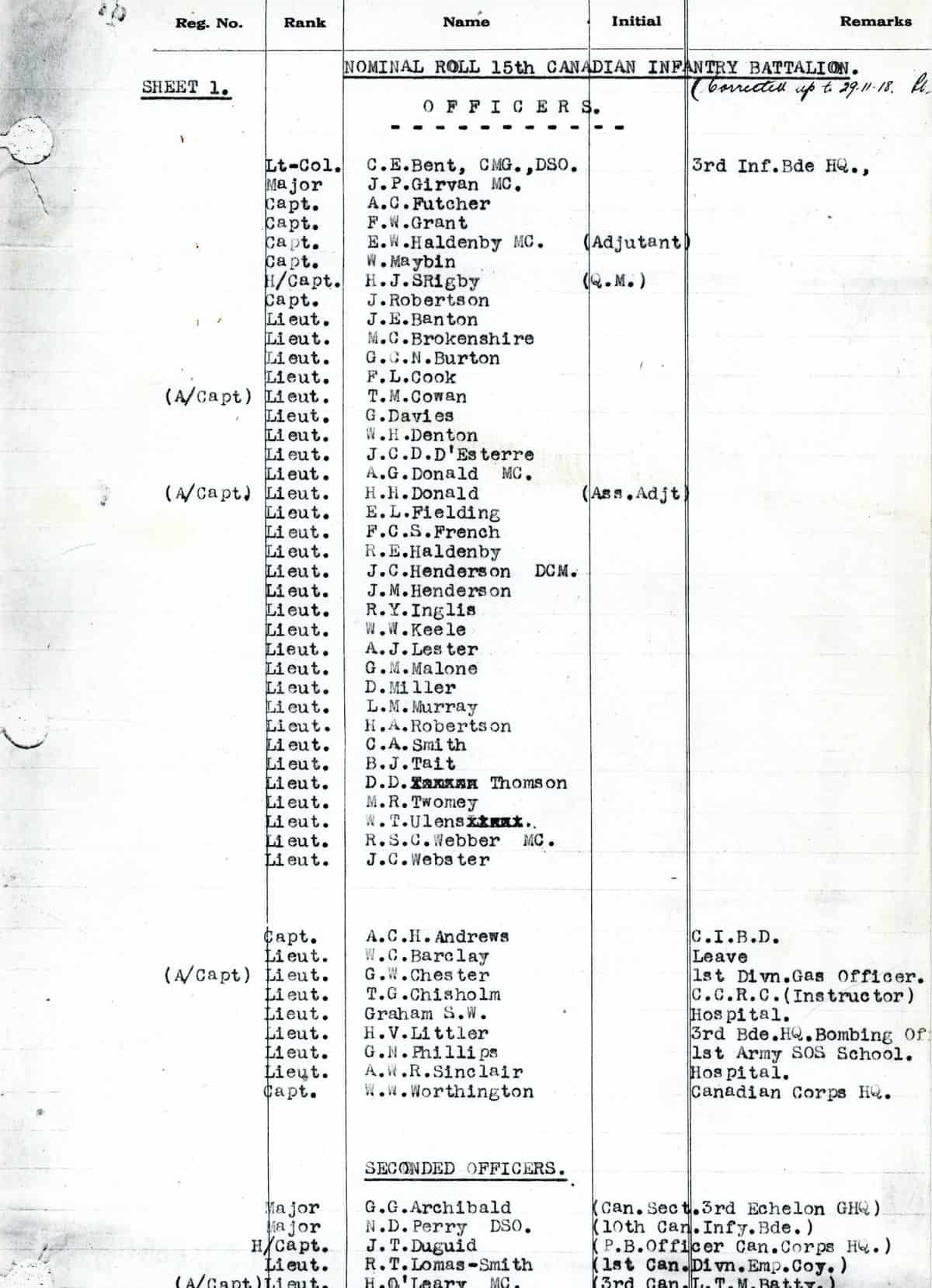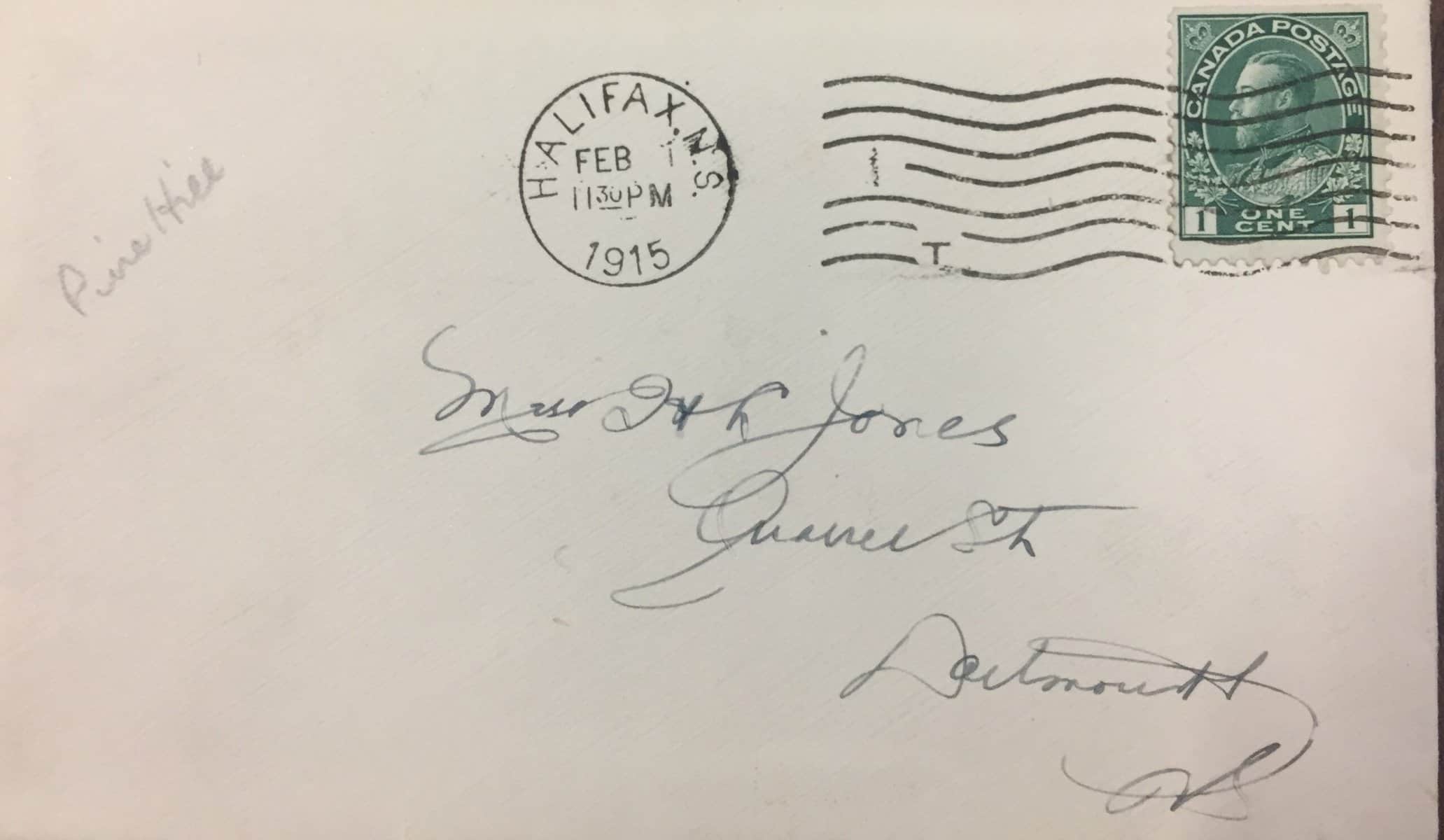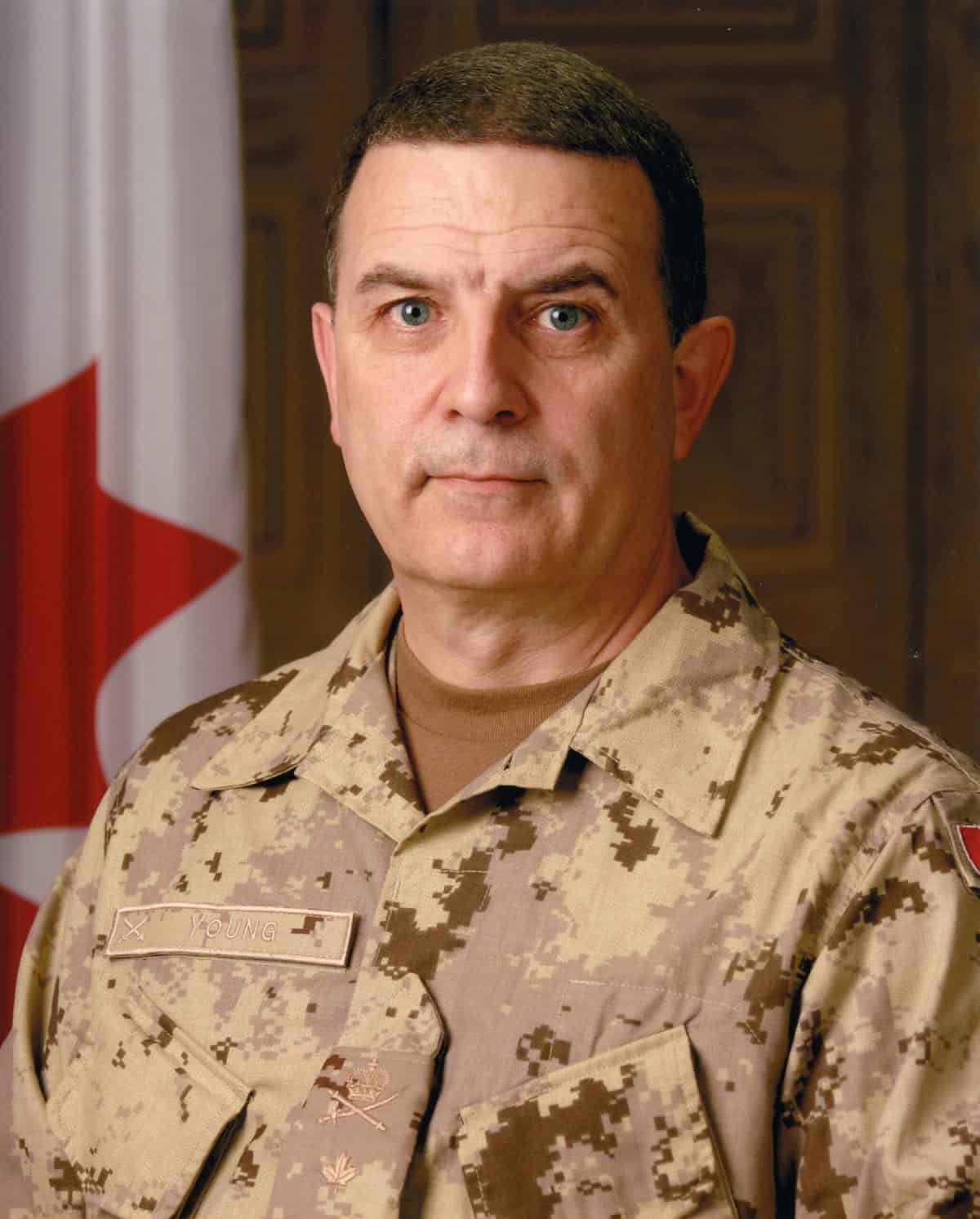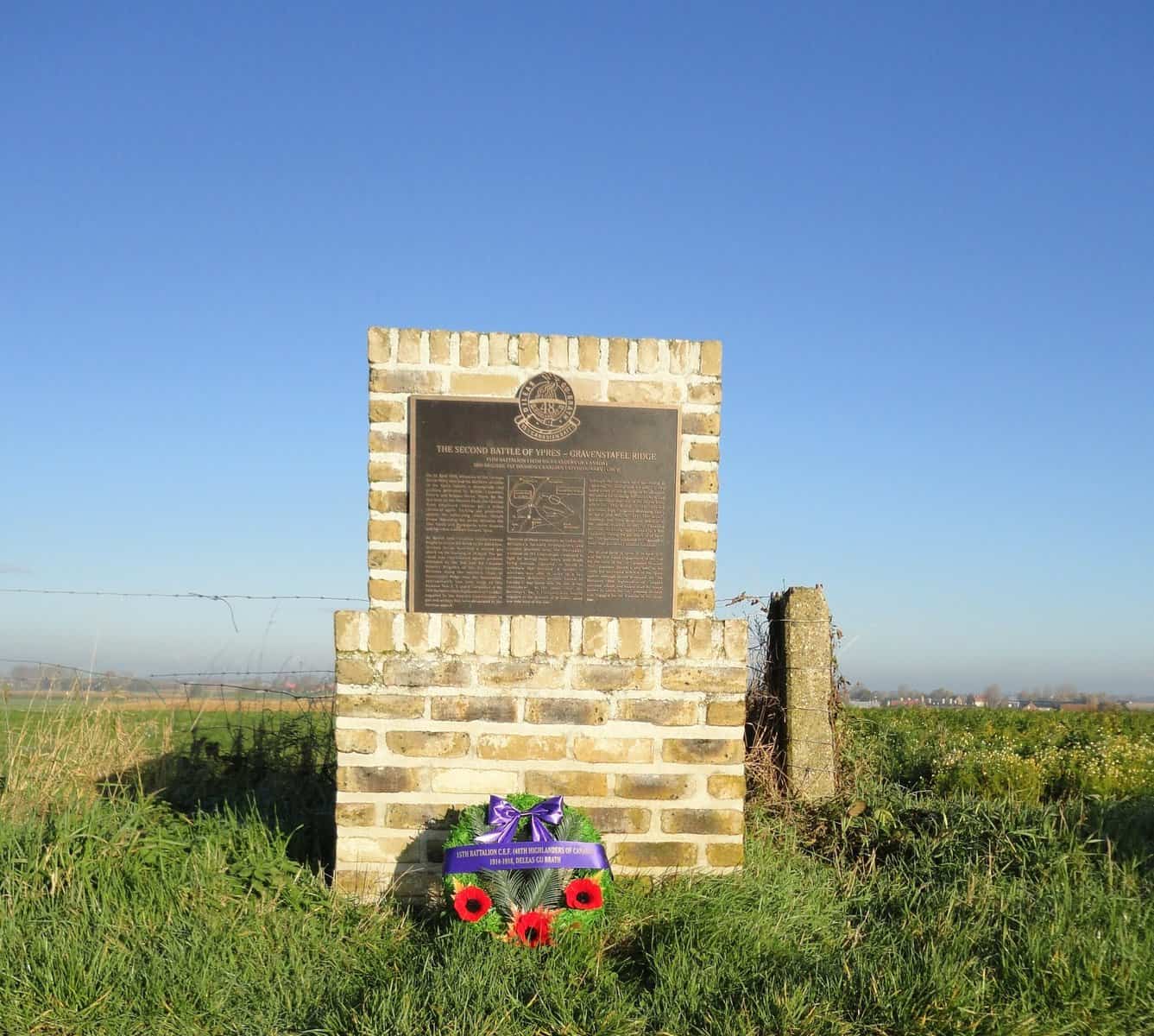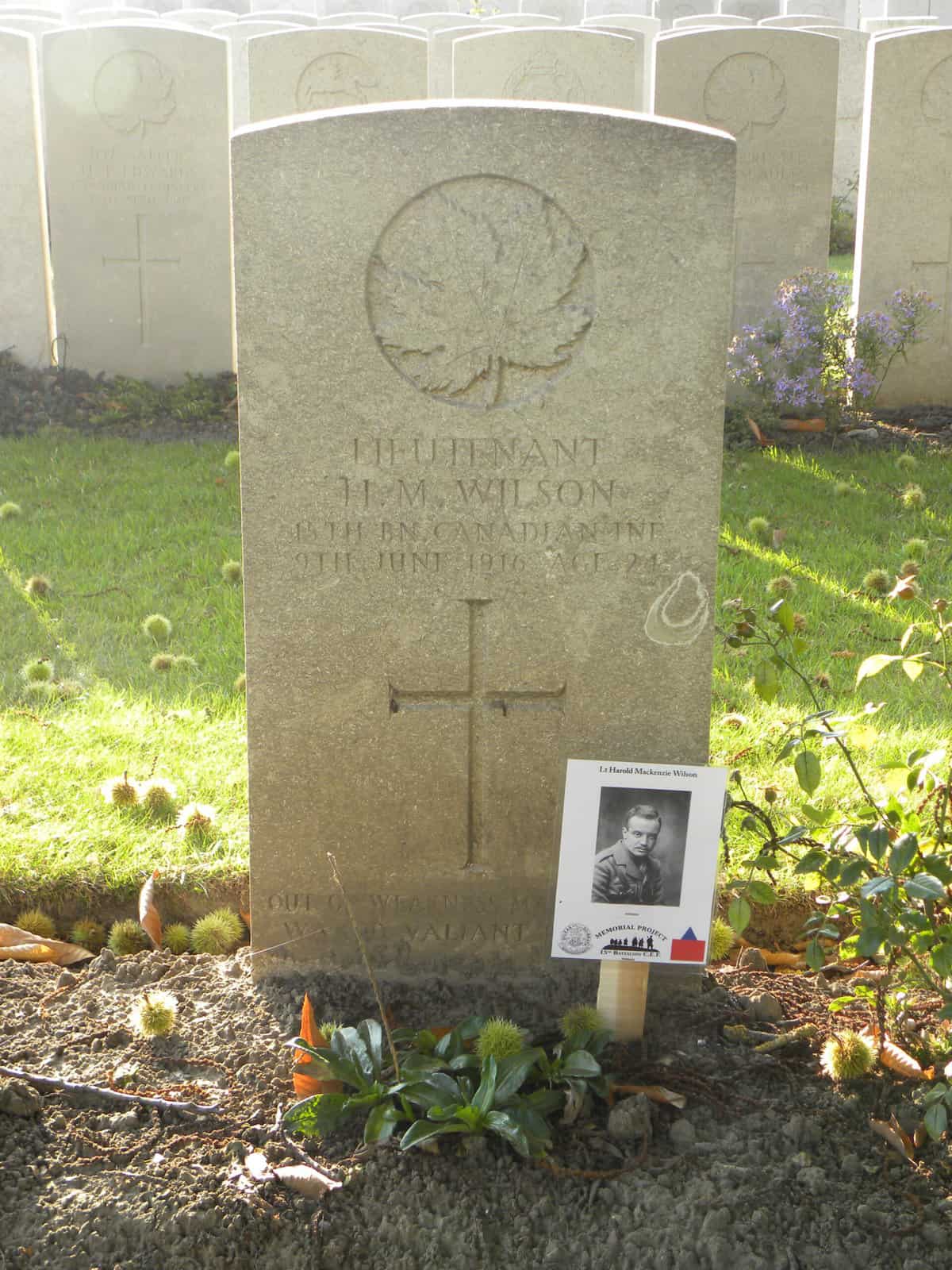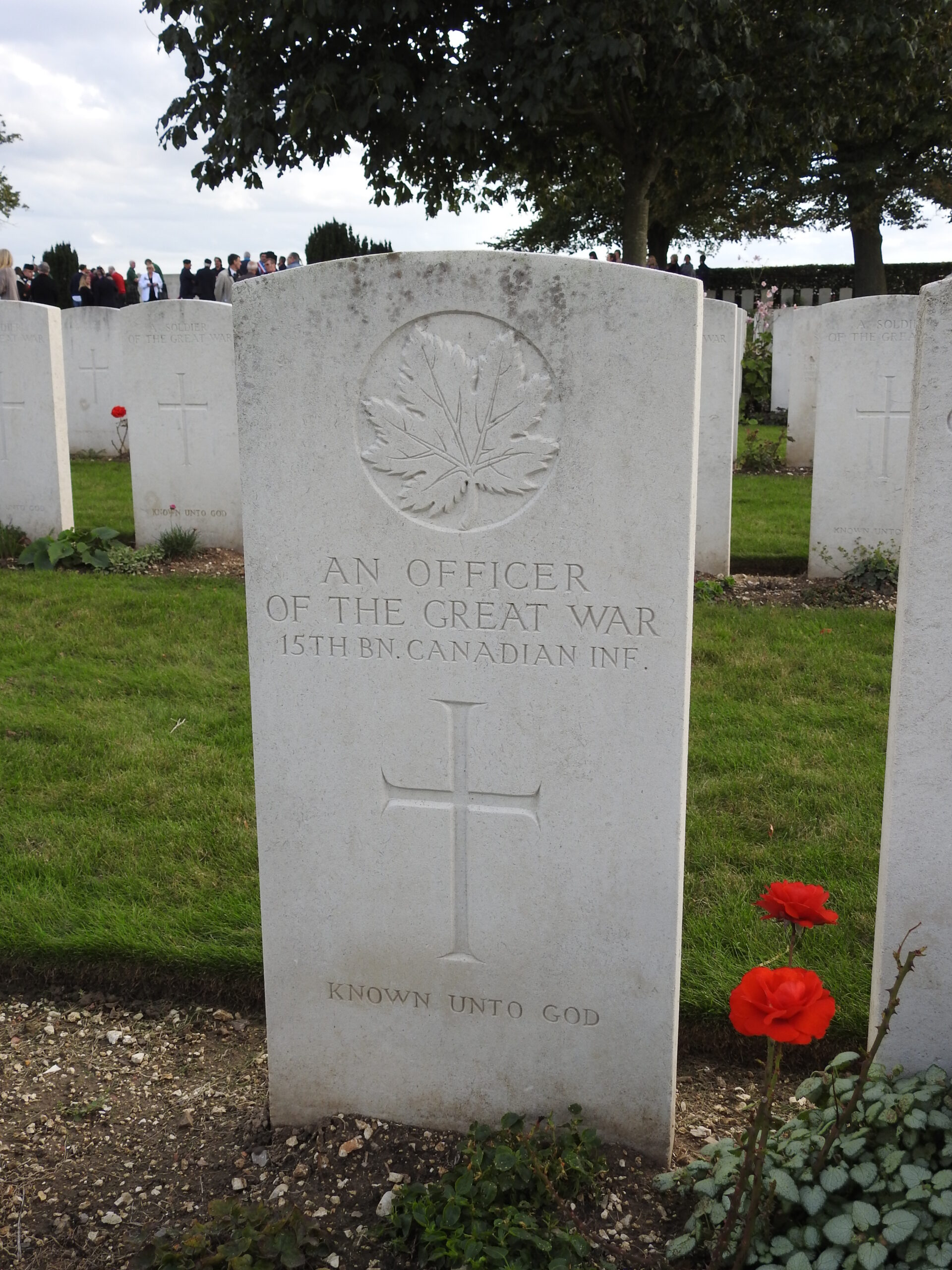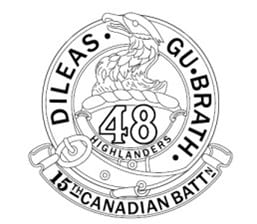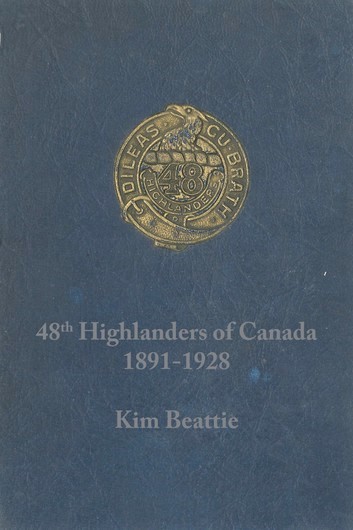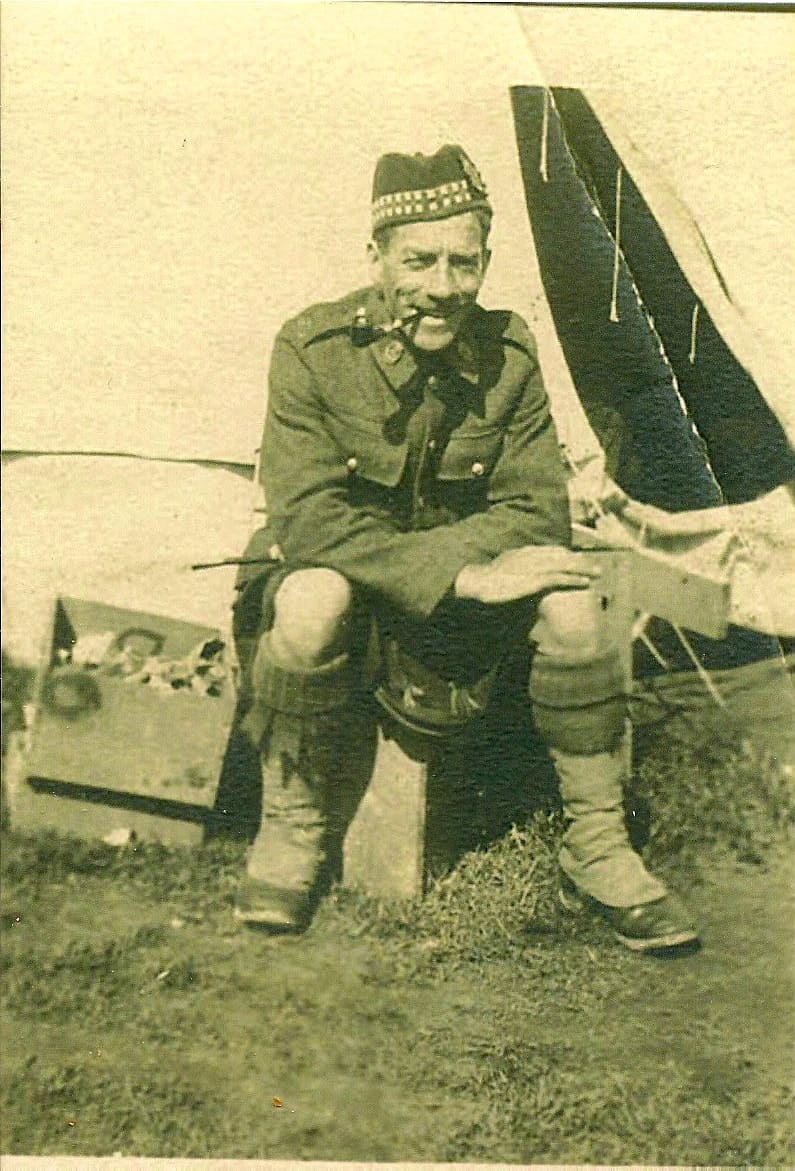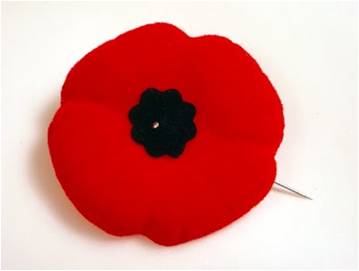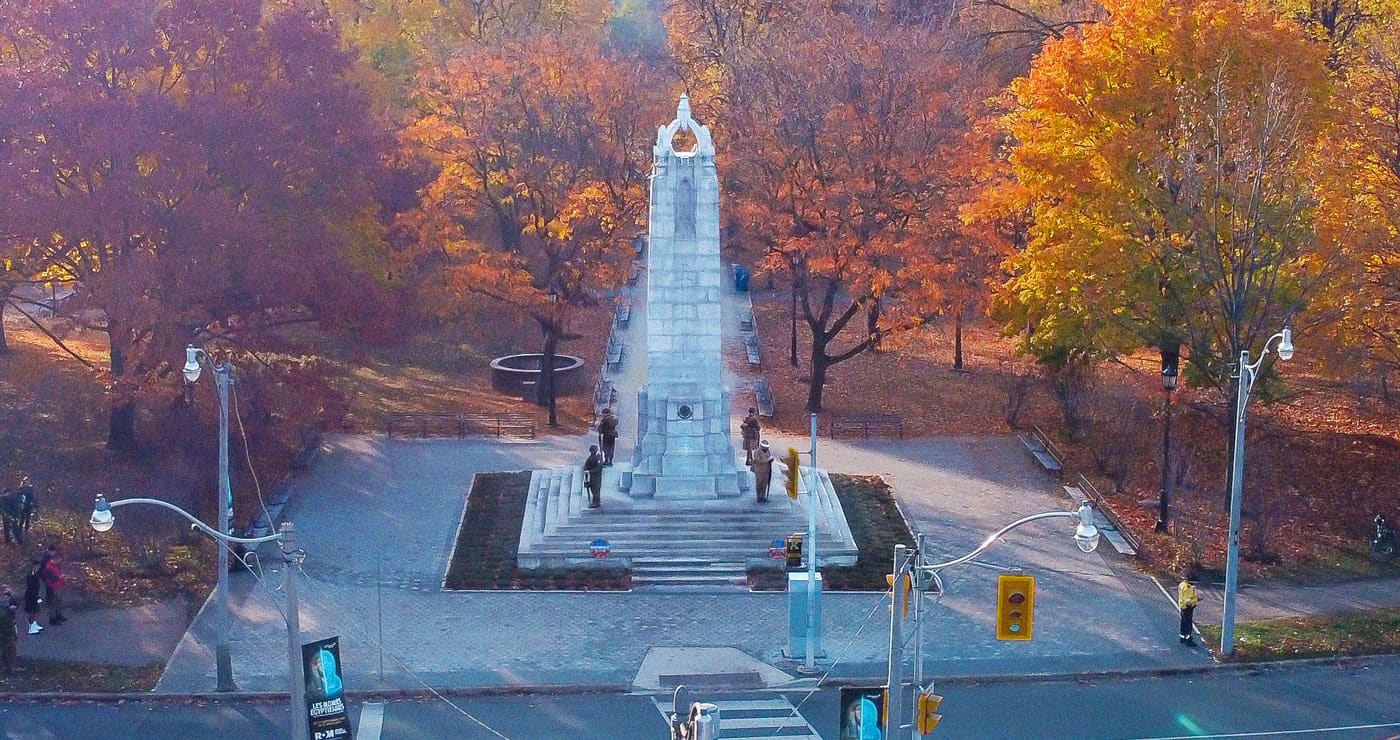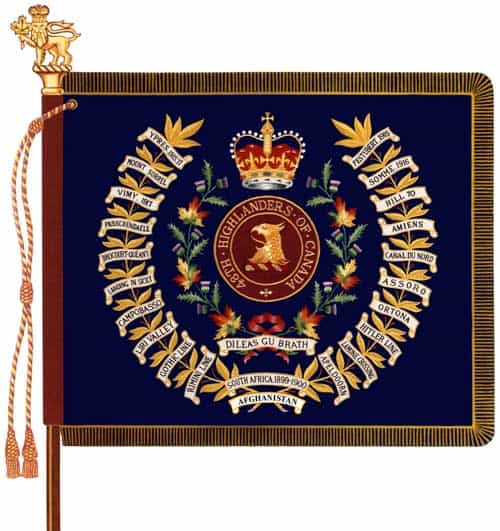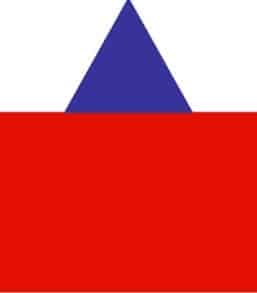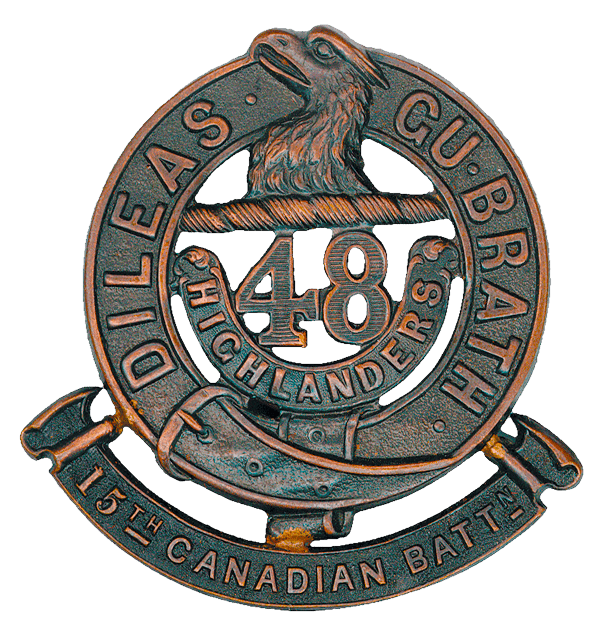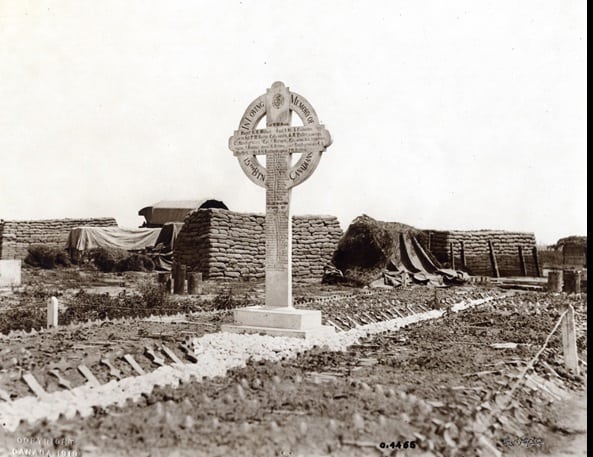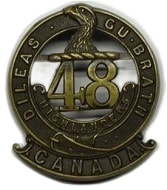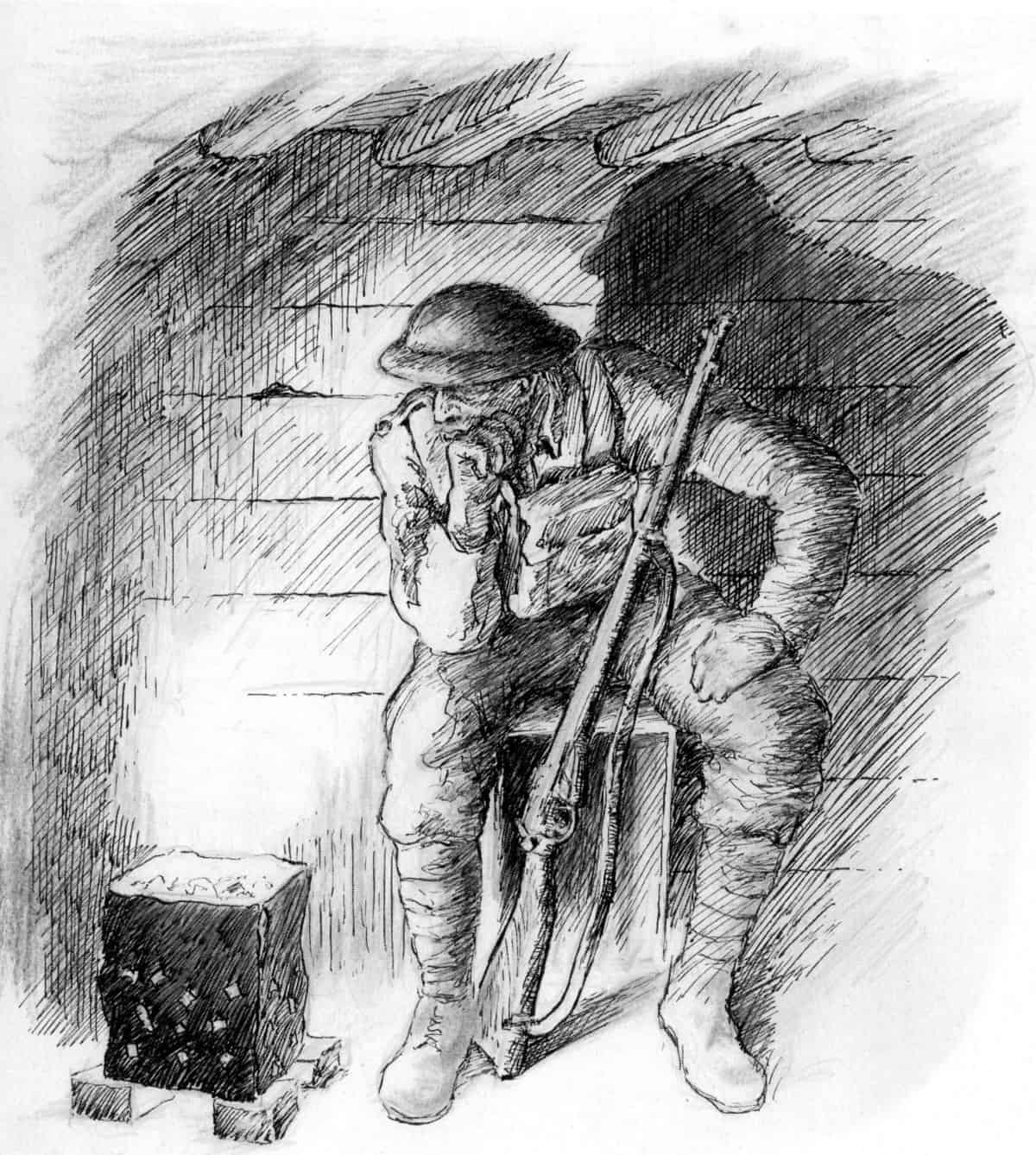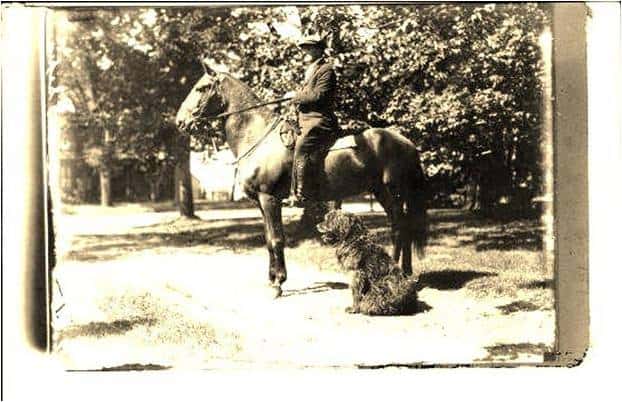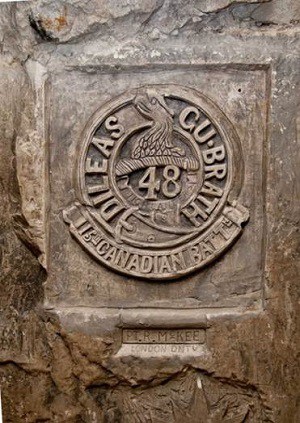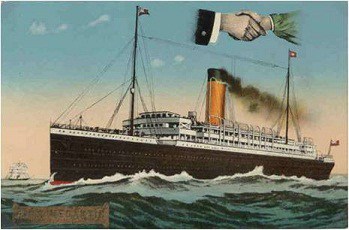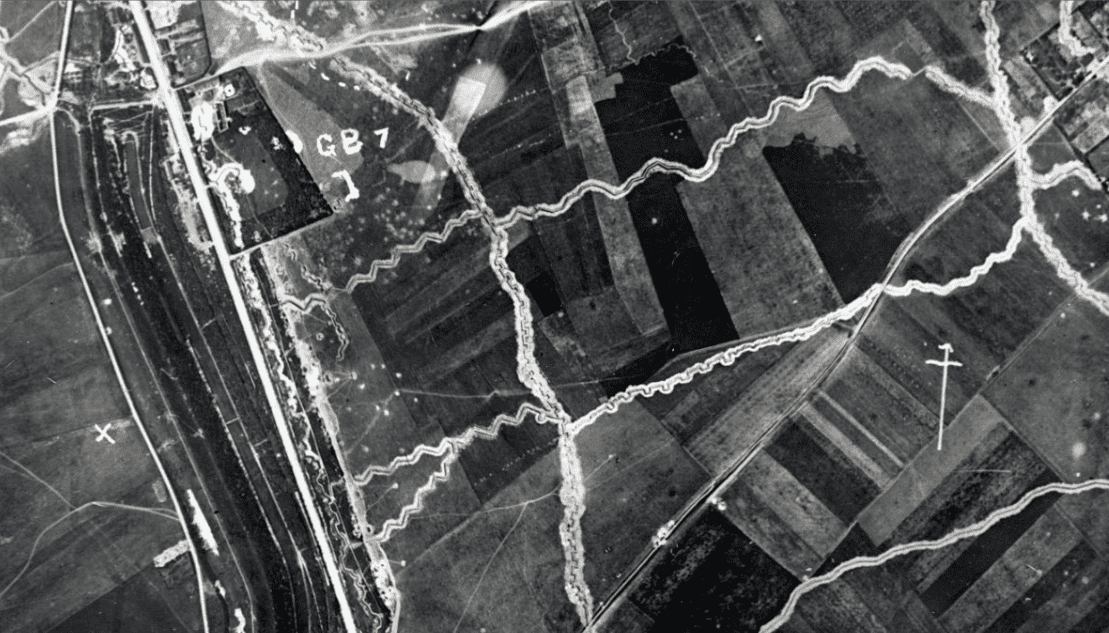Second Battle of Ypres commemorated at 48th Highlanders of Canada Regimental Memorial at Queen’s Park
BY NATALIE CHU | CITY CENTRE MIRROR
APR 27, 2015
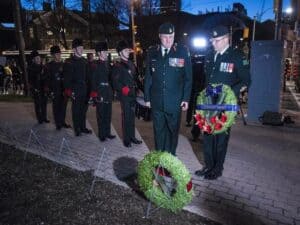
It was a cold, sombre ceremony to honour the fallen soldiers of the Second Battle of Ypres, 100 years later.
“This is a military legend that time does not erase,” said writer and emcee Brian Stewart, as many gathered around the 48th Highlanders of Canada Regimental Memorial at Queen’s Park Friday night, April 24.
He described the Canadian Army’s first major battle in the First World War as “Canada’s baptism of fire,” as it marked the first use of chemical warfare during the war and built the nation’s reputation as an enduring force.
The chlorine gas clouded the battle fronts, wiping out many of the Allied troops and resulting in nearly 6,000 Canadian casualties, more than 1,000 of which were fatal. This marked the largest single-battle loss of any Canadian battalion during the war.
“We recall the brave sacrifices, for our tomorrow, they gave us today,” said Capt. Don Aitchison during a prayer of remembrance. This was followed by a reading of In Flanders Fields.
Current members of the 48th Highlanders, The Governor General’s Horse Guards, The Queen’s Own Rifles of Canada, and The Royal Regiment of Canada all marched from the Ontario Legislature to the monument. Their rifles were outfitted with red glow sticks, to symbolize the fallen. There were also small Canadian flags placed on the memorial in commemoration.
Many veterans of the Forces and their families were present at the candlelight service to join the four Toronto-based units of the Canadian Army.
“The significance of tonight and that of a hundred years ago is that Toronto was very much involved. The citizens of the city would have felt the whole weight of those casualty lists less than a week after the battle,” said Bob Kennedy, a member of the 2nd Division of the Canadian Expeditionary Force.
“It was very much at the beginning of the Canadian experience on the battlefield. It was a huge event where everyone suddenly realized where they were,” he said.
Brian Patterson joined the 48th Highlanders because of his late uncle, Cpl. Wallace Carroll, who served in the 15th Battalion during the First World War.
Patterson remembers his uncle working at the King Edward Hotel before he received the call for service. “There were many fathers, brothers and sons and five people from the same street that rallied to the cause,” he said.
One of Patterson’s fondest memories was joining Carroll for the 90th reunion of the 48th Highlanders. “I took my commission with the Highlanders because I thought it was a good place to be and that’s where he spent his life,” Patterson said. It is still not lost on him that his uncle was one of the few of the group who came home from the war.
“He was such a quiet giant. I was fascinated by his time, and the first time I put my uniform on, he came over and made sure everything was perfect,” Patterson recalls.
“They were all great Canadians, and they answered the call in huge numbers. And the whole horror of the period, my uncle lived with that until the day he died,” he said.
For Ted Opitz, Member of Parliament for Etobicoke Centre, it still remains a struggle to understand the scale of the horror that took place during the Battle of St. Julien during the First World War.
Opitz announced $25,000 toward the Centopath/Monument Restoration Program to restore the 48th Highlanders of Canada Regimental Memorial and to continue to honour the fallen.
“We will ensure that the story is not forgotten,” said Opitz, a former member of the Forces. “Our freedom is not free, it has never been free.”

